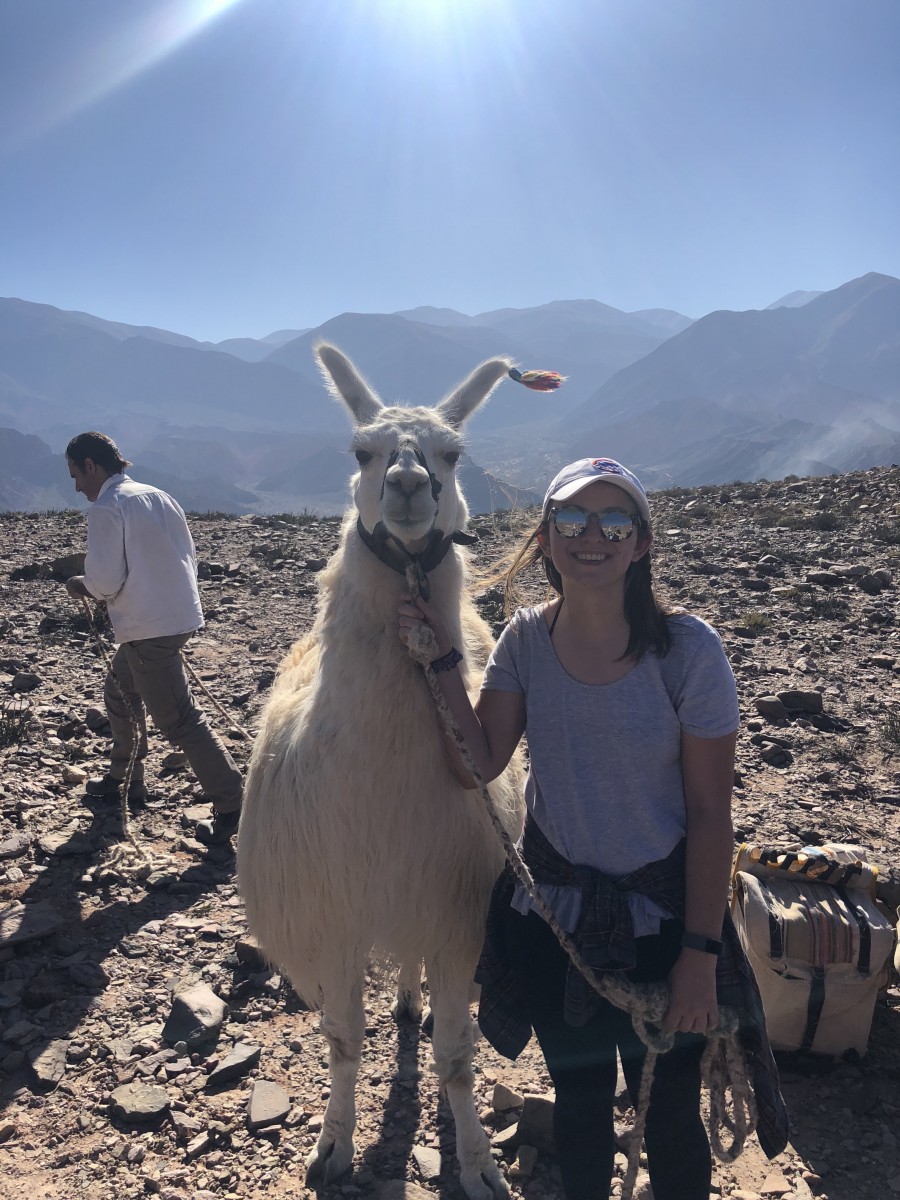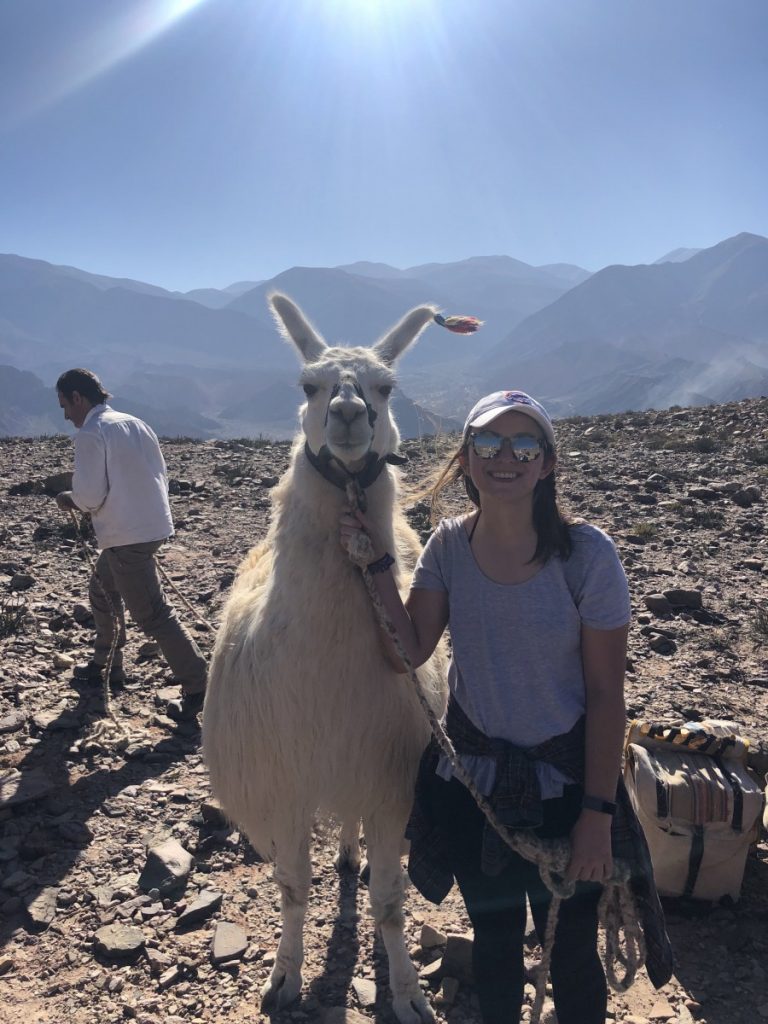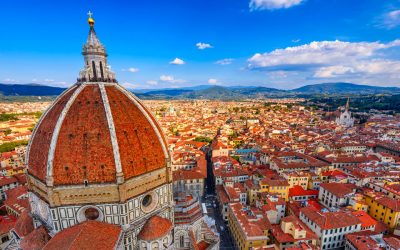Today’s blog post comes to us from API Alumni & Central Michigan University student Bridget Lally!
This past fall I had the opportunity to study abroad in Buenos Aires, Argentina with API at Universidad del Salvador. When I tell people that I spent 4 months in Buenos Aires, I get questions like: “Isn’t it dangerous?” or “Isn’t the food really spicy there?” or “How warm was it there?” These questions have inspired me to do a post about some common misconceptions about South America, in particular about Argentina.
Myth 1: All of the food in South America is really spicy.
Reality: Every country in South America has their own style of food. Argentines are actually notorious for their aversion to spicy foods. In fact, it was a common complaint for a lot of the students studying in Buenos Aires that they could not find any type of spicy food anywhere!
Myth 2: Everywhere in South America is extremely dangerous, especially the big cities like Buenos Aires.
Reality: This was a big concern for people before I left when I would say that I was going to study abroad in Buenos Aires. I personally never felt unsafe during my 4 months living and studying in Buenos Aires. While petty thefts like pickpocketing do happen it’s nothing more than what occurs in any big city. It just takes a little bit of street smarts to prevent pickpocketing, such as keeping your backpack in front of you while riding public transport or making sure your purse is in front of you while walking on the street. When my group arrived in Buenos Aires, the program directors made sure to give us strategies to prevent pickpocketing and other tips to stay safe during the semester. All it takes is a little bit of extra awareness and caution and you really don’t have much to worry about.
Myth 3: It’s warm and sunny year-round in South America.
Reality: While some of the countries south of the equator don’t really have distinct seasons, Argentina does! The seasons are just opposite of the northern hemisphere. When I arrived in Buenos Aires in July, I was in for a bit of a shock when I found myself facing temperatures of 40 degrees Fahrenheit and rain for the first week as opposed to the 80-degree days I had been having in Michigan. There are a lot of different climate zones in South America and even just in Argentina. In Argentina you can find deserts in the north west, rain forests in the north east and the Patagonia to the south, all distinct climate zones with different and sometimes unpredictable weather.
Myth 4: South America is not diverse.
Reality: Every country in Latin America is unique. No two countries in Latin America are exactly alike in history or culture. If you travel around South America, you can see firsthand the differences between the countries and their history, climates and different indigenous groups. All of these things have shaped them in to what they are today. For example, Argentina, and Buenos Aires in particular, received a lot of immigrants while it was developing as a country after its independence from Spain. Meanwhile, Chile gained independence at about the same time but received almost no immigrants during that time period. So, if you were to travel to Chile and Argentina you would see how actually different the two countries really are from each other, even though they are right next to each other.
Overall, I would not trade my experience in Argentina for anything, so I’m glad that I took the chance to see Argentina and a little bit of South America for myself.
I hope this blog post helped you learn a little bit about South America and maybe encouraged you to go see South America (especially Argentina!) for yourself.








